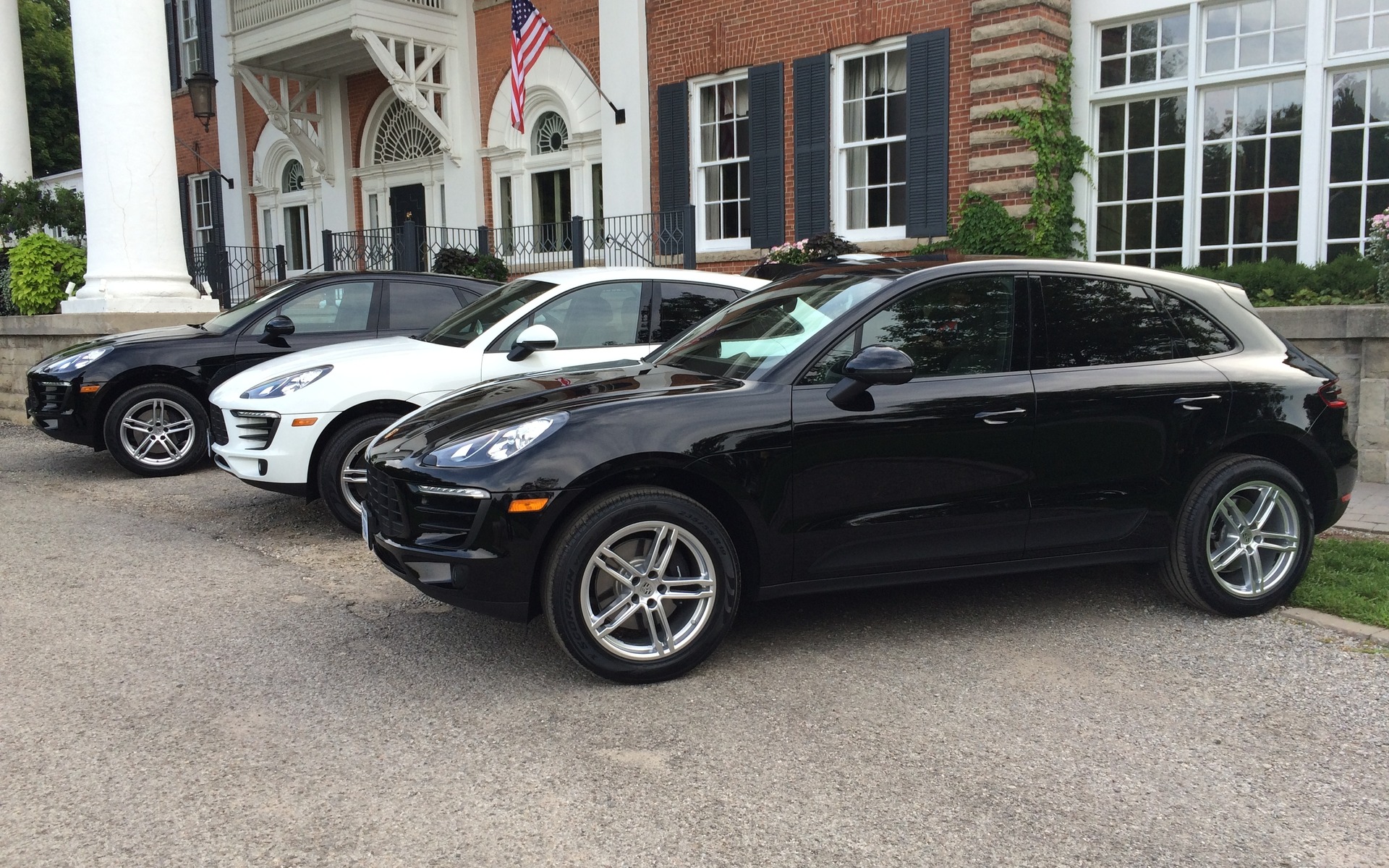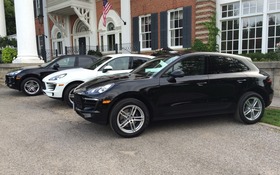2017 Porsche Macan: Two Less Cylinders

| Strong points |
|
|---|---|
| Weak points |
|
The Porsche Cayenne’s success is undeniable, and even the brand’s purists have adopted it. In order to gain a bigger market share of the SUV segment and to follow the downsizing trend, Porsche presented the Macan, smaller than the Cayenne. As usual for a Porsche, this little SUV is offered in three variations: the S, the Turbo as well as the GTS for performance enthusiasts.
However, facing increasing pressure form governmental authorities, the brand from Stuttgart had no choice but to reduce its carbon footprint and the engine displacement of its models. In the midst of a redesign along with a name change for the Boxster and Cayman models, the Macan heads into 2017 with a new addition to the lineup. It will boast, in entry-level form, a four-cylinder engine sourced from the Volkswagen Group.
Visually, this version of the Macan stands out with its 18-inch alloy wheels, liftgate-mounted badging, flat black window surrounds and rectangular exhaust outlets. Only a trained eye will be able to discern it form other Macan variants. Inside, the difference is even subtler. Yet this base Macan offers some interesting features, such as lane departure warning, a new-generation infotainment system and park assist with rearview camera.
We’ll skip the differences with its bigger brother, the Cayenne. At first glance, the SUV’s size says it all. This new version of the Macan gets the Volkswagen’s Group’s famous turbocharged, 2.0-litre four-cylinder engine, which develops 252 horsepower. Along with its peak torque of 273 lb.-ft., it’s the most powerful of its category. Only the F-PACE and its diesel engine produces more torque. The Porsche is also one of the lightest of its group, able to accelerate from 0 to 100 km/h in 6.5 seconds when equipped with the Sport Chrono Package. The manufacturer announces a combined fuel economy rating of 10.6 L/100 km.

On the road and on the track, the four-cylinder Macan is fun to drive. The lighter weight on the front end enhances its handling capabilities, and it’s notably more agile in curves. During our track test, the Macan GTS pace vehicle was obviously more powerful in the straights, but had a hard time resisting our assaults in the twisty portions of the circuit. In addition, the turbo four, managed by the DSG automated gearbox, operates smoothly at a more relaxed pace.
However, it’s also the most expensive of its segment. It starts at $52,700 in base trim. The Jaguar F-PACE comes close at $49,900. And let’s not forget the options list, which could jack up the price pretty quickly by adding, among other things, 21-inch wheels, the Porsche Torque Vectoring Plus system, the adaptive sport seats or the air suspension.
As is the case with all Porsche models, customisation options are endless. In the end, the Macan has everything it takes to please buyers in the small luxury SUV category. It’s agile, fuel efficient and especially less expensive than all the brand’s other models.











